Geological disposal facilities
If the nuclear industry is going to help the UK along the path to net zero and build a secure energy future, it needs a safe and long-term solution for intermediate and high-level wastes. With 20,000 specialist environmental professionals globally, we have the world-leading technical expertise in earth and environment services that this challenge requires. Experience gained working on early geological disposal facilities in Sweden, Canada, France and Finland enables our teams in the UK to give clients vital insight based on these pioneering projects. We’ve drawn on this experience to support early planning, consenting and site evaluation for the geological disposal facilities being considered in the UK.

Nuclear decommisioning
Decommissioning nuclear sites and dealing with nuclear waste are challenges the industry needs to overcome to unlock its future potential. While land around existing nuclear sites is ideal for developing new build and small modular reactors, we help clients to understand the technical challenges including any necessary remedial action. Thanks to the acquisition of specialist consultants, WSP combines world-leading environmental consultancy with long experience in the nuclear sector. We have worked on land quality and Environment Impact Assessments for Decommissioning (EIADR) at all the Magnox plants, as well as supporting early work on Advanced Gas Reactor decommissioning. Our combination of expertise and experience makes us the perfect choice to support the decommissioning that is key to revitalising the UK’s nuclear industry.
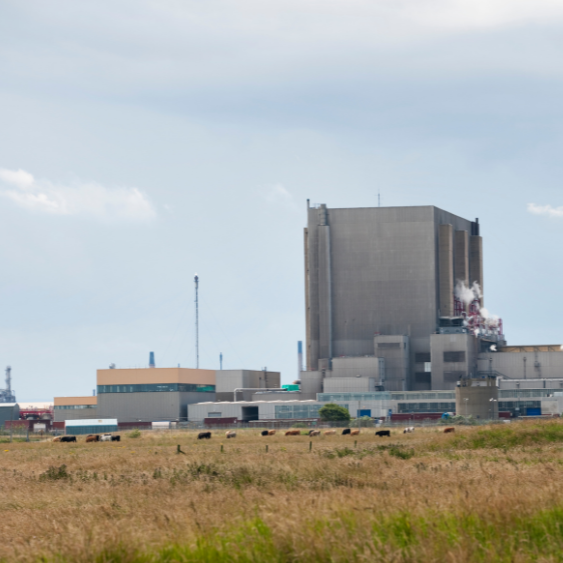
Nuclear new build
As one of the strongest environmental consultancies serving the UK nuclear sector, and with experience of managing some of the UK’s most complex infrastructure projects, our work supports the UK government’s vision for a revitalised nuclear industry. Our new build experience includes substantial support to all recent nuclear new build projects at Hinkley Point C, Sizewell C, Moorside, Wylfa and Bradwell B. This makes us ideally placed to support the pipeline of new builds that Great British Nuclear has been set up to support – including small modular reactors (SMRs). We are already collaborating with clients in the UK and internationally who are developing SMRs, which will open this exciting new chapter in the UK’s nuclear story.
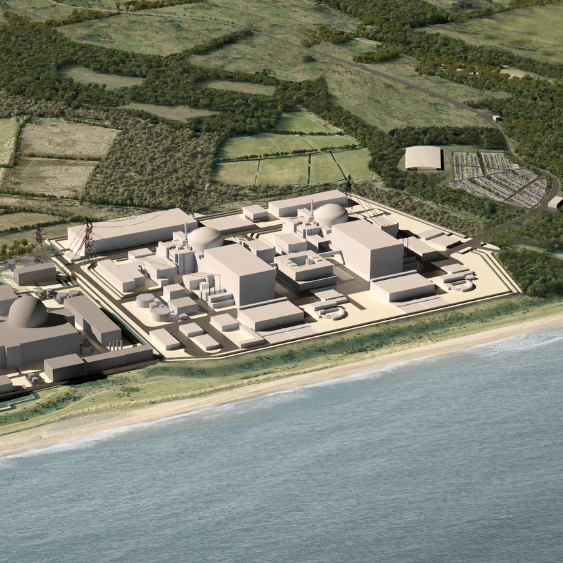
Nature-based solutions for improving air quality at public housing in Los Angeles
Managing the air quality and emissions impacts of the California High-Speed Rail project
Analyzing air quality and noise impacts of congestion pricing in Manhattan
Energy and emissions analysis of roadway development in Central Texas
Strategic partner to optimize environmental performance at mining operations in Quebec
Improving roadside air quality in Wales
Air quality impact assessments for Bracknell Forest’s local plan
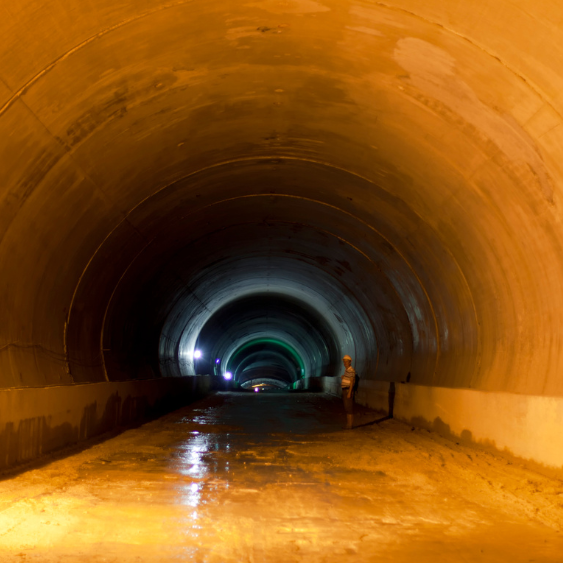
Geological disposal facilities
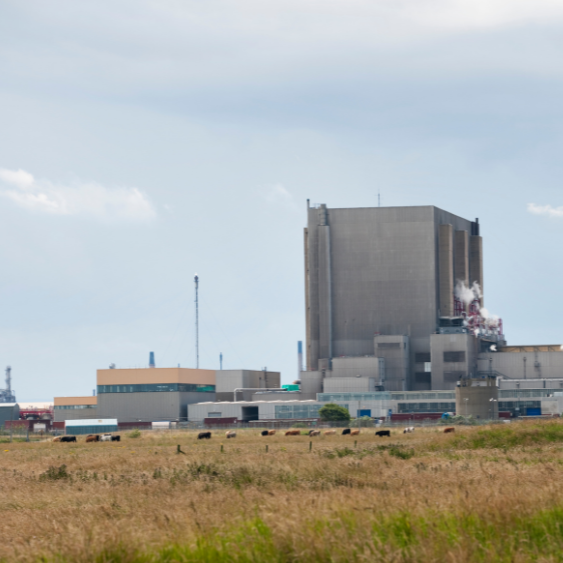
Nuclear decommisioning
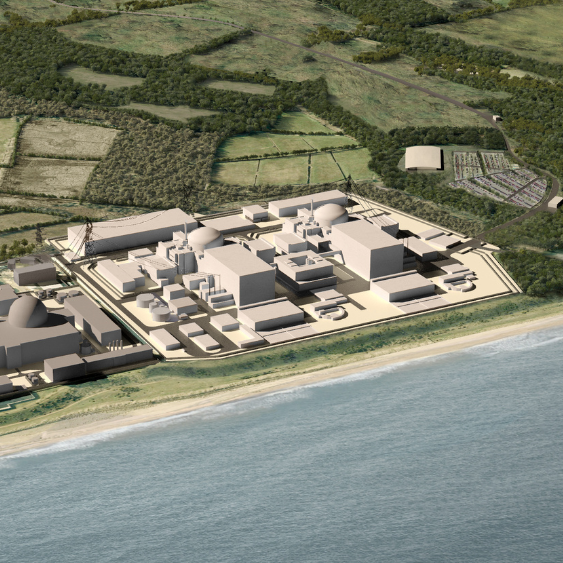
Nuclear new build
We’ve brought our air quality expertise to clients all over the world, from a high-speed rail system in California to collieries in South Africa to schools in London. Browse through the case studies below to find out more about some of the solutions we’ve provided to these projects, and more...
The Ramona Gardens Housing Development in central Los Angeles, home to 1,800 residents, including
700 children, is one of the most polluted communities
in California, with the air quality deemed unhealthy for 40% of the year. A number of factors contribute to high levels of noise and air pollution, including its close proximity to major transportation corridors (freeways, toll roads and rail corridors), the urban heat island effect, local microclimate conditions and other socioeconomic factors. As a result, residents suffer disproportionately from serious health problems.
A natural park was proposed that would act as a buffer between the housing complex and the adjacent transportation corridors to improve air quality and provide other health benefits. After reviewing the site’s existing environmental conditions, health statistics and socioeconomic information, WSP monitored the area’s air quality data and meteorological conditions to determine the potential for air pollution reduction measures that could be integrated into the park. The measures proposed include sound barriers, green buffers and other green infrastructure solutions using native plants and trees.
This nature-based approach aims to improve not only air quality, but quality of life as well, creating a model for public housing developments and disadvantaged communities throughout California.
For many years WSP has provided various air quality services for Parkland Refining (B.C) Ltd.’s oil refinery in Burnaby, British Columbia, near Vancouver. Most recently, WSP completed air dispersion modelling assessments to facilitate emissions control technology scoping. The assessment helped Parkland to more efficiently plan for ongoing investments and improvements to emissions controls, ultimately reducing emissions to the local community.
WSP continues to provide ongoing support to Parkland Refining, including air permit support, guidance for the air quality regulatory process, and ambient air and meteorological monitoring. Future work will focus on measures to lower the carbon intensity of fuel production – such as co-processing of biocrude – to help improve the refinery’s environmental performance.
For over 15 years WSP has been involved with the California High-Speed Rail (CHSR) project as both Rail Delivery Partner and a member of the Program Management Team. The 700-mile high-speed rail project will eventually serve all California’s major cities and its Central Valley. With maximum speeds of approximately 200 miles per hour, the CHSR will take passengers from San Francisco to Los Angeles in just over 2.5 hours.
WSP is responsible for project delivery, strategy development, implementation, monitoring and coordinating all aspects of the project, including overseeing the air quality and climate change analyses conducted for each segment of the project. We conducted state-wide emissions burden analyses and modelling of criteria pollutant and greenhouse gas emissions for rail system as well as for the corresponding changes in demand to on-road vehicles, aircraft and power plants. Various ridership scenarios, which determines the project’s overall impact on air quality, were also explored.
The WSP team also developed a carbon offset program for the emissions associated with project’s construction phase. The WSP team manages the administration, reporting, and verification of the Voluntary Emissions Reductions Agreement with the San Joaquin Valley Air Pollution Control District (SJVAPCD). Under this program, the real-time emissions of all off-road construction equipment and on-road construction vehicles are calculated, tracked and then offset through payments to the SJVAPCD, which uses the funds for emissions reduction programs, such as providing farmers with low-emission tractors or switching out diesel irrigation pumps with electric pumps.
In 2019, New York City’s Metropolitan Transportation Authority (MTA) explored the feasibility of introducing congestion pricing as an alternative to tolling vehicles entering Manhattan on bridges and tunnels.
WSP undertook air quality and noise analyses to determine the potential impacts associated with its implementation. Microscale screening analyses were conducted for 100 intersections throughout New York City’s five boroughs to determine potential hotspots of carbon monoxide, particulate matter, and noise. A regional air quality analysis was also conducted for criteria air pollutants, mobile source air toxics, greenhouse gas emissions and energy consumption. All analyses were conducted to ensure the project conforms with the current State Implementation Plan for air quality and other applicable transportation requirements.
To help accommodate explosive growth in the Austin and San Antonio metropolitan areas, the Central Texas Regional Mobility Authority (CTRMA) recently completed five systems of roadways, with five additional systems currently under development.
WSP evaluated development scenarios to understand changes to travel demand and its corresponding fuel consumption and pollutant emissions. Regional emissions modelling estimated total energy consumption, greenhouse gas emissions, criteria air pollutants, and mobile source air toxics for nineteen unique scenarios.
A comparison of the results for the 21-county region in Central Texas was presented to decision-making board members to help them understand which development scenarios had a greater impact on air quality.
As strategic partner, WSP has been providing air quality services to all of Rio Tinto’s facilities in Quebec for over ten years. In collaboration with the mining company’s various internal teams, WSP is seen as a key element in the optimization of their’ projects’ environmental performance.
To support their air quality management program, WSP installed two weather stations and an air quality monitoring station, and offered training to various stakeholders. WSP is also responsible for atmospheric dispersion studies at the aluminum smelters in the Saguenay Lac-St-Jean region, as well as those related to the Sorel-Tracy metallurgical complex (Rio Tinto Fer et Titane) and to the Tio Mine near Havre-Saint-Pierre.
The Welsh Government commissioned WSP to undertake appraisals for reducing nitrogen dioxide (NO2) concentrations at five locations along a strategic road network where models indicated that national air quality standards were not being met.
WSP’s air quality scientists worked with our transport planners to perform an appraisal of mitigation options that considered both qualitative and environmental criteria. Options were further appraised using microsimulation traffic and air quality modelling. We then identified short- and long-term recommendations for implementation.
The analysis demonstrated that the greatest potential for immediate and significant improvements in air quality was a reduction in the speed limit. Monitoring data showed that roadside NO2 concentrations decreased with a reduction in speed limit, thereby reducing a source of serious health risks associated with poor air quality.
Our work also identified that additional measures would be required in some areas to further reduce exposure to pollutants and achieve compliance with air quality standards. Using computational fluid dynamics, we studied the effectiveness and impacts of solid barriers, green vegetative barriers, terrain differences and the presence of roadside buildings. Early results suggest that the existing vegetation barriers may provide sufficient air quality benefits, eliminating the need for installation of costly solid barriers.
Currently investigations are exploring the efficacy of traffic movement control, through junction closures and provision of real-time advice on diversionary routing. We continue to work with Welsh Government on precautionary measures to reduce exposure to pollutants and improve air quality.
WSP were appointed by Bracknell Forest Council (BFC) to assess the air quality impacts of their Draft Local Plan, which sets the borough’s long-term vision and development strategy up to 2036. The plan, which covers housing, economic and retail development and new infrastructure, includes policies relating to the environmental impacts as well. Air quality assessments examined the impacts of emissions on both human and ecological receptors arising as a result of the growth in road transport. We engaged with key stakeholders throughout the project, including BFC’s Public Health Team and Natural England.
WSP’s transport planners supported the project, providing baseline traffic and forecast data for input into the emissions and air quality modelling. WSP’s ecologists used the results of the air quality modelling to assess the potential impacts on sensitive ecosystems and habitat sites within Bracknell Forest and adjoining authorities, including the Windsor Great Park Special Area of Conservation and Thames Basin Heaths Special Protection Area.
The assessment concluded that the most significant risk to human health was exposure to fine particulate matter (PM10 and PM2.5). For sensitive habitats, the most significant risks identified were those related to nitrogen deposition and nitrogen oxide concentrations. The study also included an initial Habitats Regulations Assessment (HRA) screening. We are currently updating the assessment to account for revised development proposals as well as potential traffic and ecological mitigation measures.
WSP delivered an ambitious programme to address poor air quality at 50 primary schools and 20 nursery schools on behalf of the Greater London Authority (GLA). Our multi-disciplinary team, with expertise in air quality, transportation planning, buildings and energy efficiency, identified measures to protect students’ health and examined ways to lower emissions and exposure to pollution in and around the schools.
Air quality modelling and audits were undertaken in and around the schools, uncovering sources of emissions and areas of exposure, with consideration of the unique local contexts for each. Our analysis found road transport be a major contributor to ground-based emissions, accounting for around half of the local nitrogen oxide emissions.
Based on our research, site audits and stakeholder feedback, recommendations were identified for each school, drawn from a comprehensive toolkit of over 100 measures (both physical and behavioural) that were developed as part of the project. The toolkit was compiled from a review of best practice approaches and new technologies, ranging from anti-idling schemes and green infrastructure to filtration systems and low-emission transportation such as walking and cycling.
The air quality audit process and programme that was developed on behalf of the GLA demonstrated repeatability and scalability, one that could benefit additional schools and nurseries.
Stakeholder engagement with the schools and borough officers was key to the programme’s success, and essential in developing workable solutions. An engagement activity with the children was also provided to raise awareness about the issue of air pollution.
WSP was appointed by Sonae Novobord to monitor air quality and noise at their plant in White River, Mpumalanga, South Africa. In order for an expansion of the plant to proceed, monitoring needed to demonstrate compliance with relevant guidelines and standards.
The monitoring required monthly maintenance of 14 dust fallout samplers, three particulate monitors and one meteorological station. Quarterly passive sampling for formaldehyde and annual sampling for BTEX concentrations were also conducted. Environmental sound levels were also monitored on a quarterly basis at the plant and receptor locations.
WSP engaged with the neighbouring local community to share monitoring data and results. Monthly summary reports and detailed quarterly reports were presented to the client. Findings were also presented at the quarterly Environmental Community Forum.
WSP was appointed to manage Anglo American Coal SA’s air quality monitoring requirements at ten of their collieries in Gauteng and Mpumalanga, South Africa.
We conducted dust fallout monitoring using approximately 250 newly-designed directional samplers. Continuous particulate matter concentrations (TSP, PM10, PM2.5 and PM1) were monitored using mobile custom-designed solar-powered trailers. Maintaining security of monitoring equipment and protecting the dust fallout units from damage to mining equipment and vehicles presented challenges that were managed effectively.
This approach allowed us to collect, analyze and report on concentrations from all ten collieries. Data was used to effectively improve air quality in compliance with the relevant national air quality standards.
Managing the air quality and emissions impacts of the California High-Speed Rail project
Analyzing air quality and noise impacts of congestion pricing in Manhattan
Energy and emissions analysis of roadway development in Central Texas
Strategic partner to optimize environmental performance at mining operations in Quebec
Improving roadside air quality in Wales
Air quality impact assessments for Bracknell Forest’s local plan
Improving air quality in London’s schools
Engaging with a local community to improve air quality and noise
Monitoring dust fallout and particulate matter at ten collieries in South Africa
We’ve brought our air quality expertise to clients all over the world, from a high-speed rail system in California to collieries in South Africa to schools in London. Browse through the case studies below to find out more about some of the solutions we’ve provided to these projects, and more...